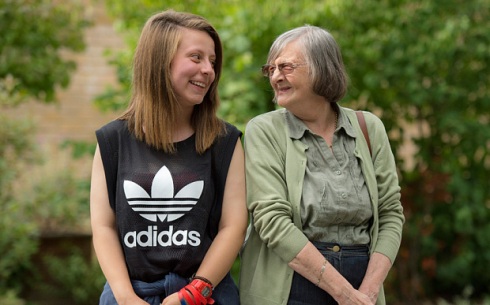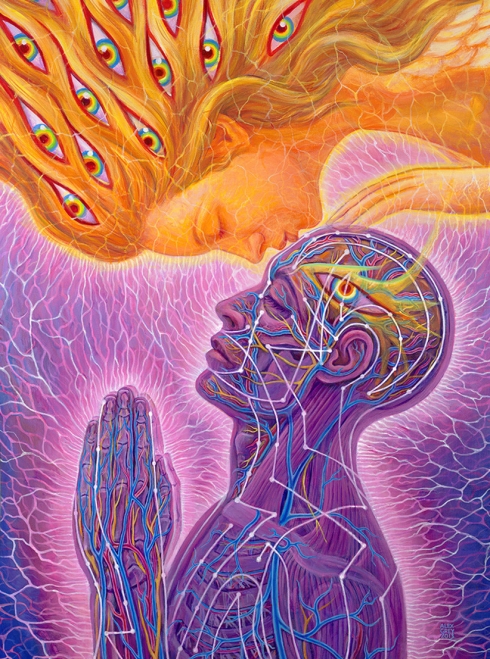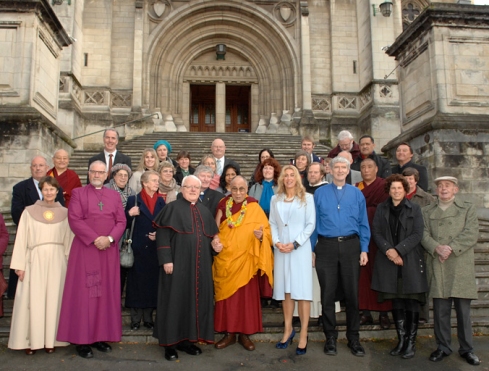
photo by Geoff Pugh Photography Ltd
Say Hello to the Bridge-Builders
Some members of Generation X (those born between 1965 and 1979) and Generation Y (1980-1994) have found themselves in a strange and unique position. They are dual citizens of the old and new — inhabiting two worlds and straddling two ways of being.
Born in an analog environment and raised during the dawn of the digital age, this generation is destined to build bridges and facilitate new modes of understanding.
They can operate both a Walkman and a Dropbox account. They stream their music from the cloud and still buy vinyl records. They read the newspaper and get their headlines from social media. They are equally at home in the conservative Bible belt as well as with post-modern multiculturalists.
This Bridge-Builder Generation is uniquely positioned to facilitate courageous conversations between individuals and groups. From interfaith dialogue to intergenerational fireside chats, these young-at-heart adults are holding space for a new expression of integration and interconnectedness. They are fighting for a world where all voices are respected — where the elders can share their wisdom and the youth can realize their unbridled potential. They are writing policy around how we care for newborns and retirees. They are creating programs where children can play alongside the sick and the dying, reducing the symptoms of depression and dementia.
This new world begins with words. It begins by giving our words to one another and engaging in conversations that illuminate and transform.
We may never see the female elders in our community on the morning television shows discussing the process of croning. Our male elders may never have the chance to share with us what they wish they had been told when they became fathers. But we can gather these generations in a room and have important conversations about religion, politics, climate change, the internet, sex, life and death.
If you would like to discover what these generations may learn from one another — and what you may learn from them — then join me in producing and convening these conversations. Join me in building the bridge between these worlds — a generation that is passing from the earth and the generation that will inherit the future.
What Exactly Are You Doing?
Five Phases of the Bridge Builder Project:
Phase 1: Seeking volunteers from various age groups — Traditionalists/Lost/Silent Generation (born 1900-1945), Baby Boomers (1944-1964), Gen X (1965-1979), Gen Y / Millennials (1980-1994), Gen Z (1995-2001).
Phase 2: Assembling a core team of skilled facilitators, psychologists, interfaith chaplains, gerontologists, etc. to consult on the project.
Phase 3: Assembling multi-generational pairs and small groups to engage in conversations around various topics including religion, climate change, politics, sex, death, technology and the internet.
Phase 4: Producing high-quality live-streams and recordings of the conversations for archival purposes. (Think Jubilee’s “Middle Ground” series).
Phase 5: Collecting and curating the recordings for online/digital presentation.
What Can I Do?
- Click here to donate to the Bridge Builder Project.
- Click here to become a corporate or community sponsor of the Bridge Builder Project.
- Click here to volunteer for the Bridge Builder Project.












